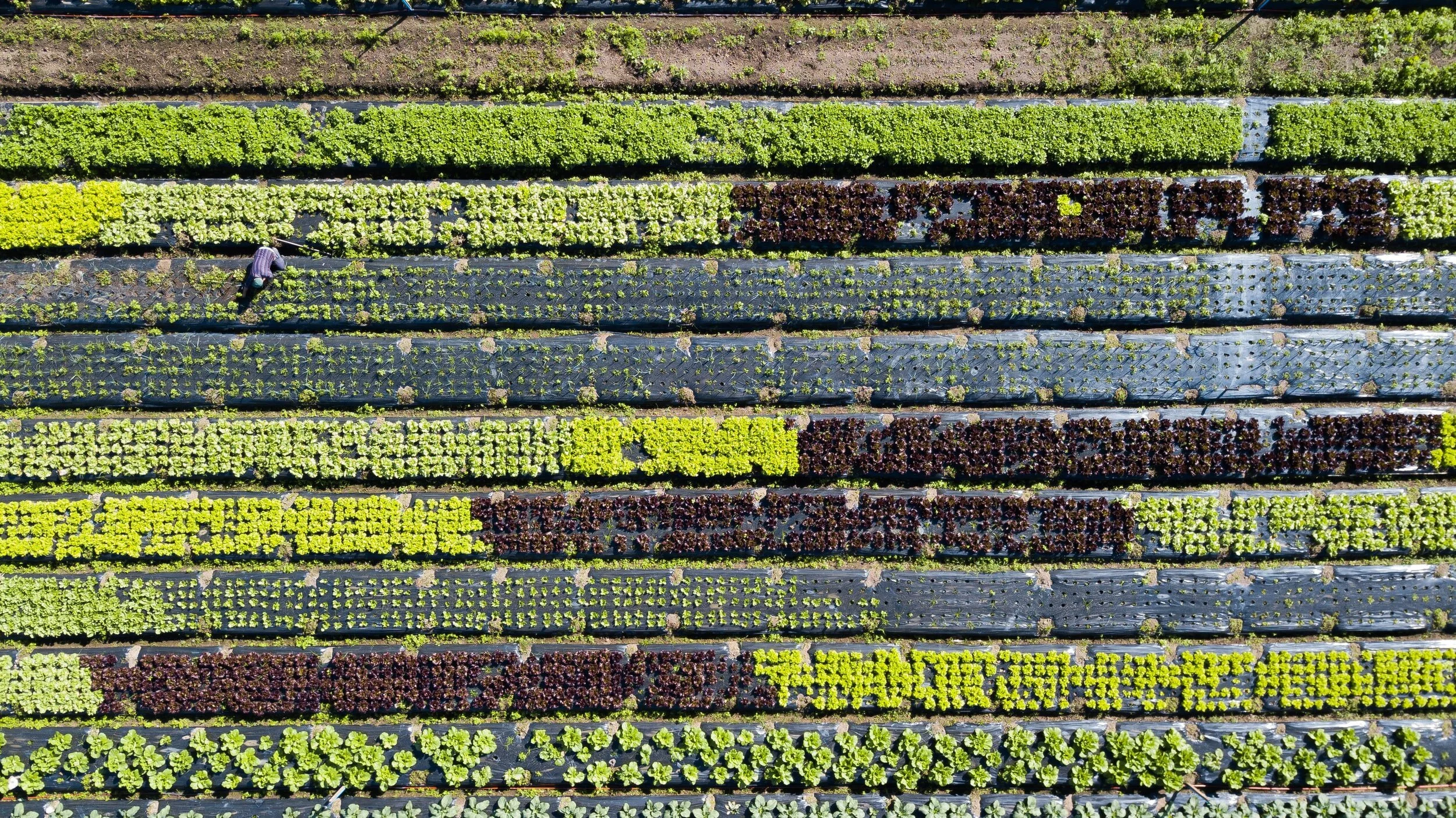My grandfather cultivated a massive garden, covering at least a quarter acre, on the high plains of eastern Montana. I remember, as a child, walking down the straight rows of corn and cucumbers, squash and tomato vines.
I wonder, today, at how he encouraged such sweet cantaloupes from such a harsh climate. Were those corn stalks Golden Bantams, the radishes China Roses? Were the cucumbers he loved to slice and eat fresh from the vine Straight Eights? What variety of onions did he grow? What happened to those seeds?
At the time he passed away, more than thirty years ago, no one in the family took the same interest in gardening. And so the seeds he had carefully nurtured and gathered over the years were given away or tossed out, unappreciated heirlooms.
How I wish I had those seeds now. There are varieties of beans and zucchini and peas, and many other veggies, that grow rapidly and mature quickly. They are acclimated to high altitudes and short growing seasons. If we lose them, like my family lost grandpa's, they are gone forever.
The ethnobotanist Gary Paul Nabham makes a strong case for the importance of heirloom seeds and the farming cultures that cultivated them. Not one major food or fiber currently grown in the U.S. is native to the soil of this continent, he points out. And yet, millions of Native Americans thrived on the wild plants and cultivated crops once common here.
"America before Columbus was not a wasteland, nor an untouched wilderness," says Nabham in his book Enduring Seeds: Native American Agricultire and Wild Plant Conservation. "It held home ground for farmers; vast territory for hunter-gatherers; and places where farming and foraging fused themselves into the same cultures. To feel at home here, to learn from our predecessors on this continent, each of us must kneel on the ground, put an ear to the earth, and listen."
Nabham's concern, shared by many botanists and agronomists, is the loss of diversity. As our food supply becomes more and more dependent on a few plant varieties we make ourselves more vulnerable to diseases or infestations that could wipe out an entire year's crop.
At the same time, once people stop cultivating particular variety of bean or corn it soon passes out of existence. Plant extinctions are a real worry. Once a strain of potato or strawberry is gone there's no bringing it back.
Nabham tells of a Dr. Marshall Johnson at the University of Texas who rescued the wild Texas pistachio from extinction. The last surviving members of the species were growing in an area along the Rio Grande about to be inundated by the Mistad Reservoir. Dr. Johnson went after the pistachio in a boat, like a National Guard trooper rescuing flood victims from their rooftops.
One strategy for saving plant varieties from extinction is to put their seeds in cold storage. At the National Seed Storage Laboratory in Fort Collins, Colorado, the seeds of hundreds of species are kept frozen in large cryogenic vaults. Hypothetically, the frozen seeds will still germinate if they are thawed out thousands of years from now. Wait and see.
Nabham worries about relying on seed banks alone to preserve plant species: "I can imagine a scenario in which the rare, valuable plants now sheltered in seed banks, once released, succumb to newly-arisen problems that did not exist when they were put into storage."
The only other way to keep a plant species viable is to cultivate it, continuously, year after year.
Seed Savers Exchange, started by Iowa farmer Kent Whealy in 1975, encourages trading and propagation of heirloom seedstocks that might otherwise pass into extinction. Today, more than 800 gardeners are active members of the exchange. Thousands of others are buying heirloom or non-hybrid seeds from small, regional seed companies. Right now, heirloom varieties are in vogue. People are planting them, cultivating them, collecting their seeds. But what happens when gardening fashions change? Will they still be growing 20, 30 or 50 years from now?
Plant conservationists debate whether in situ (active cultivation) or ex situ (seed banks) is the better strategy for preservation. Nabham suggests that both are needed. Cultivation will keep the species viable and responsive to its environment and provide insurance against the vagaries of weather, pestilence and human nature.


